
Certain highly-regarded films earn their reputation through grand vision, careful execution, and a deliberate pace. They prioritize storytelling that unfolds gradually, often using extended shots and moments of stillness where atmosphere and subtle details are key. These films truly connect with viewers who appreciate the artistry of filmmaking – how things are *shown* rather than just what happens. If you enjoy movies that take their time, these are prime examples of how a slower pace can actually be a strength.
‘2001: A Space Odyssey’ (1968)
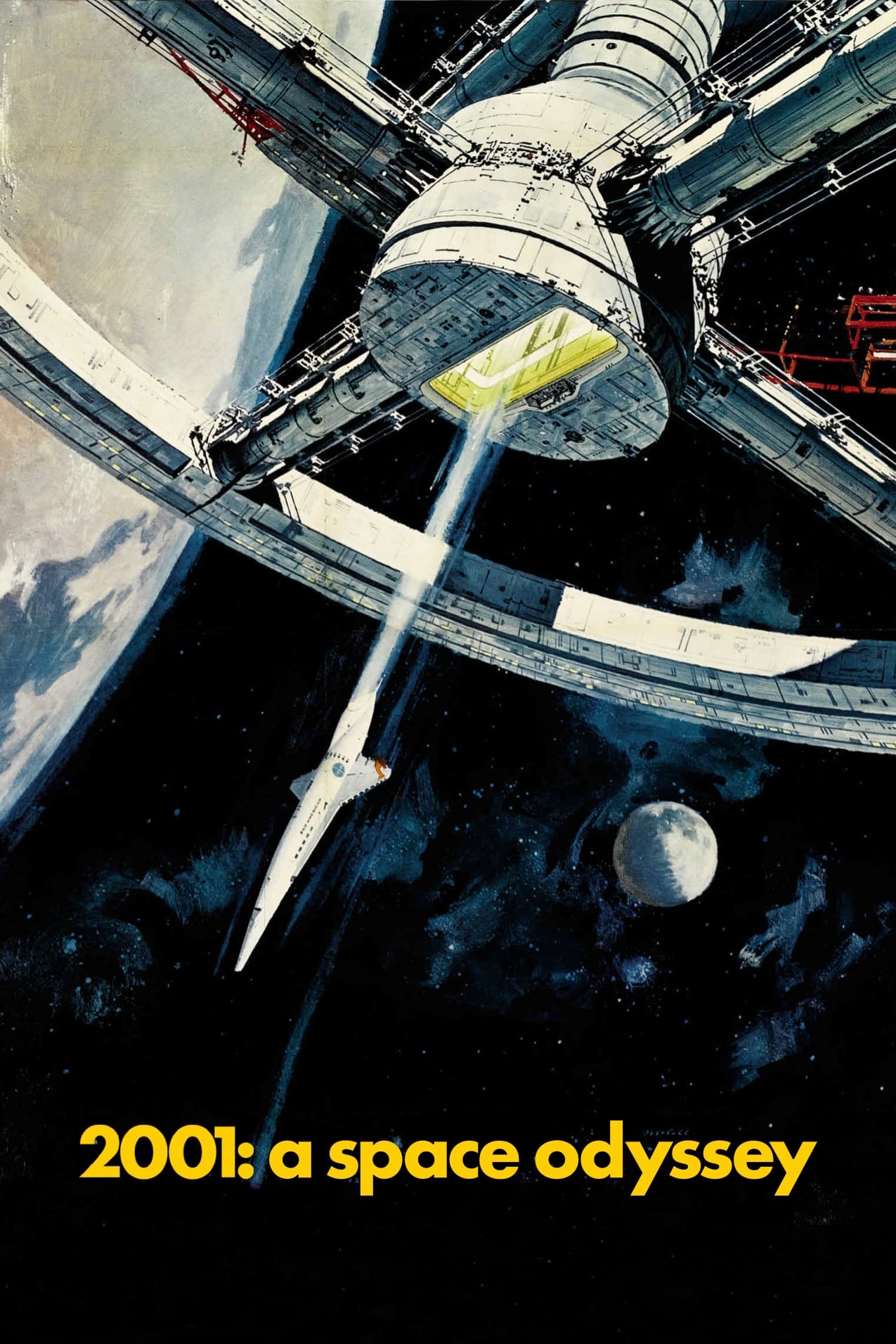
This movie is celebrated for its extended scenes without dialogue, which powerfully depict both the development of life and journeys into space through stunning visuals. The iconic stargate sequence is particularly memorable, using innovative imagery and real-world effects to create a truly captivating experience. The film’s score features classical music that carefully shapes the mood and pacing of each scene. Instead of following a traditional story with character development, the movie is divided into separate sections linked by shared ideas and themes.
‘Lawrence of Arabia’ (1962)
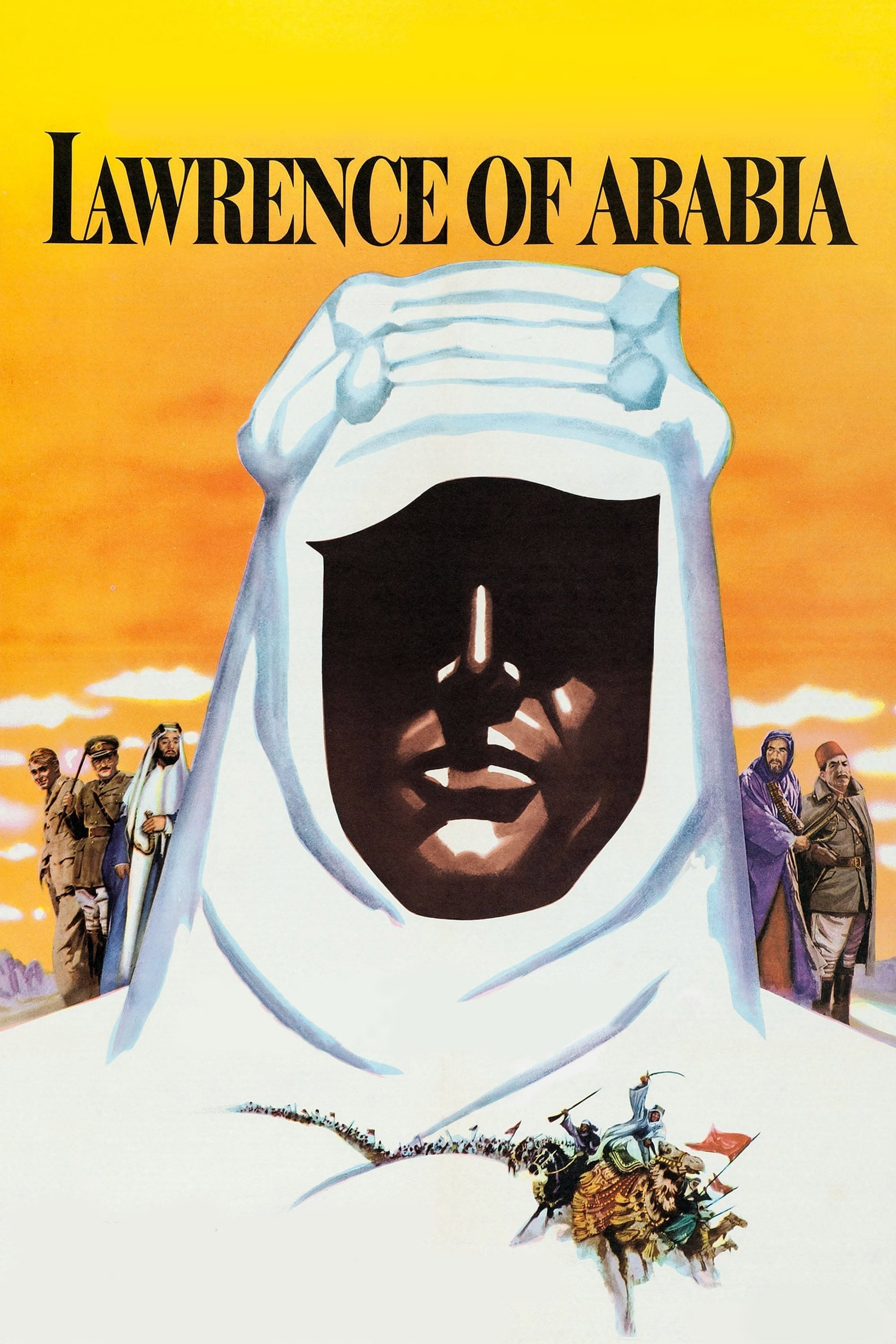
Large-format photography is used to capture the vastness of desert landscapes, emphasizing their size and the distant horizon. The story unfolds slowly, focusing on the build-up of military operations and political strategies through meetings and long movements, rather than sudden changes. Filming took place extensively on location, requiring complex planning and coordination across large areas. The music and sound effects are carefully linked to recurring visual themes, highlighting changes in loyalty and character.
‘Barry Lyndon’ (1975)

The film has a beautiful, natural look, achieved through lighting and careful camera work. It relies heavily on visually striking, wide-angle shots, often showing more of the setting than focusing on what characters say. The story follows characters as they try to improve their social status, depicted through scenes of travel, courtly life, and challenges like duels, all unfolding at a deliberate pace. Classical music enhances the mood, and many scenes feel like carefully composed paintings.
‘Stalker’ (1979)

This film follows a group as they travel through a secluded location, and the experience profoundly affects them. It emphasizes visual detail, with long, flowing shots of water, metal, and plants. The movie creates a thoughtful mood through minimal sound and deliberate camera work. Instead of relying on action, the story unfolds through deep conversations and quiet moments.
‘Solaris’ (1972)

A psychologist travels to a space station orbiting a planet covered in ocean, which strangely holds people’s memories. The movie blends realistic space station scenes with long, thoughtful moments where the characters observe and contemplate. It creates a feeling of unease not through special effects, but with simple, carefully arranged sets and character movements. The film concludes with symbolic imagery, leaving the meaning open to the viewer’s own interpretation rather than explicitly explaining it.
‘Andrei Rublev’ (1966)
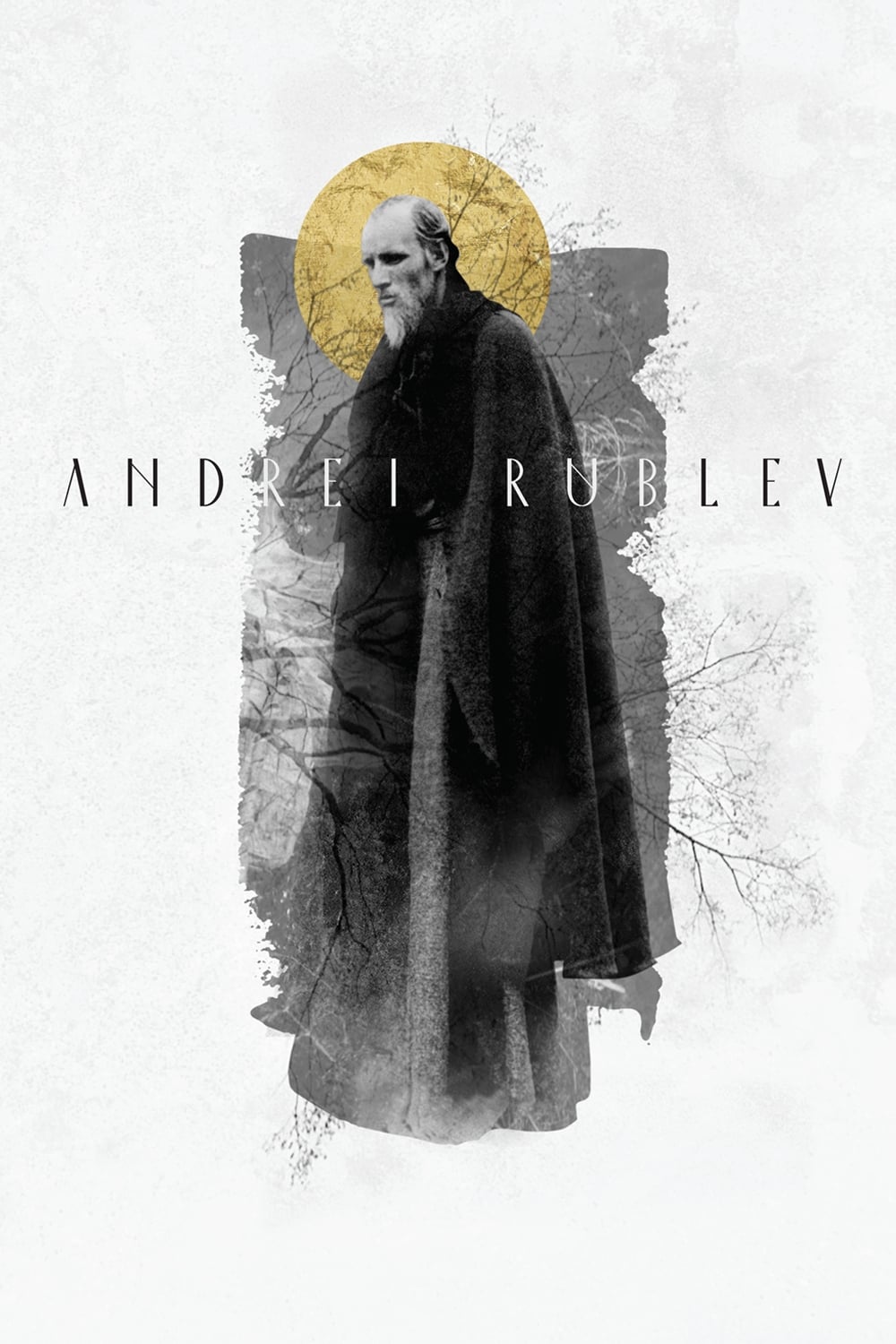
Okay, so I just saw this film, and it’s a really beautiful, contemplative piece about a medieval icon painter. It follows him through his journeys, his deep faith, and the painstaking work of his craft. Visually, it’s striking – almost entirely in black and white, which really emphasizes the austerity of the period, until a powerful shift at the end where color bursts onto the screen, celebrating the artistry itself. What really stood out to me were the scenes with large groups of people and religious ceremonies – they weren’t rushed, but carefully paced and felt incredibly authentic. And the sequence where they cast a bell? It wasn’t just *about* bell-casting; it showed every single step of the process, the sheer labor and skill involved. It’s a slow burn, but a rewarding one.
‘Jeanne Dielman, 23, quai du Commerce, 1080 Bruxelles’ (1975)

The film uses a stationary camera to show everyday life as it happens. By repeating similar scenes over several days, it draws attention to small details and how they subtly tell a story. Sound emphasizes common household noises, like cooking and cleaning. The way the film is structured makes even tiny changes feel significant, hinting at growing tension.
‘Shoah’ (1985)
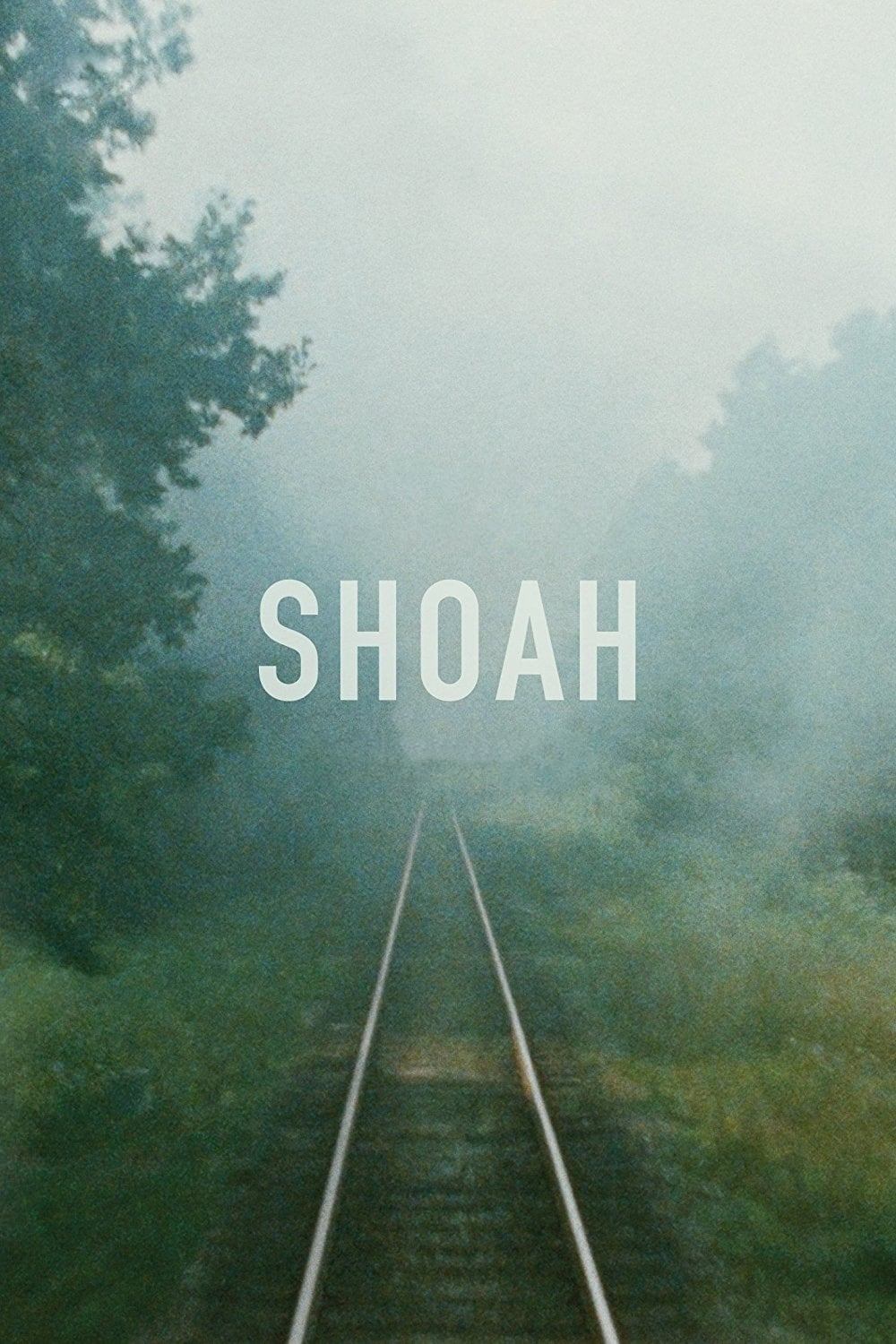
This documentary relies on present-day interviews and visits to relevant locations, rather than historical footage. It features detailed, lengthy accounts from those who survived, witnessed, or participated in the events. The director revisits key places and train routes to link these stories to the actual locations where they happened. The film’s length provides moments for quiet contemplation between each person’s story.
‘The Irishman’ (2019)
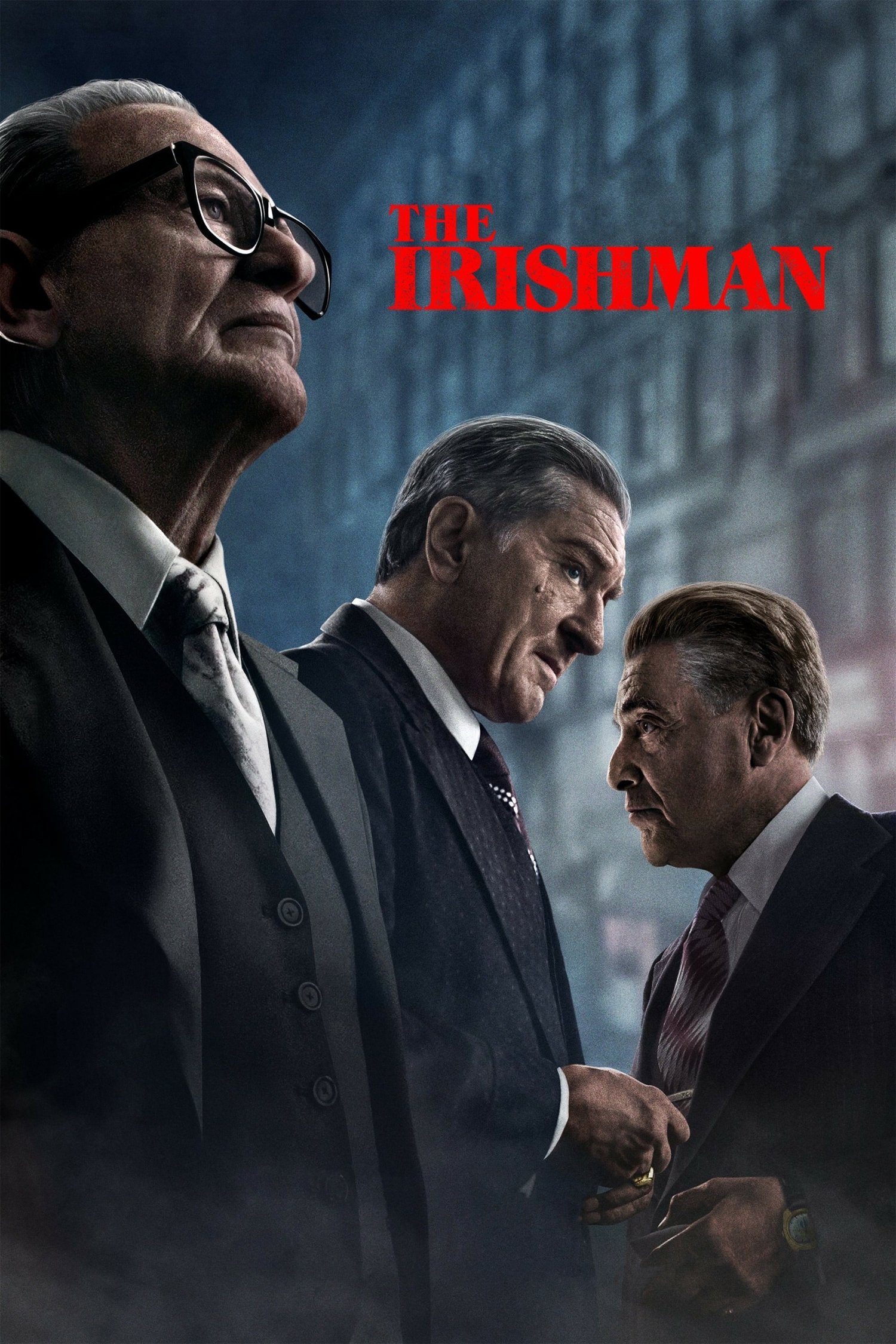
This film tells a decades-spanning story of organized crime, seen through the eyes of someone looking back with regret. Clever technology allows the same actors to play their characters across different time periods. It explores the price of loyalty by weaving together themes of union politics, life on the road, and intimate family moments. The soundtrack and careful attention to historical accuracy help keep the story grounded and allow important events to unfold naturally.
‘The Tree of Life’ (2011)
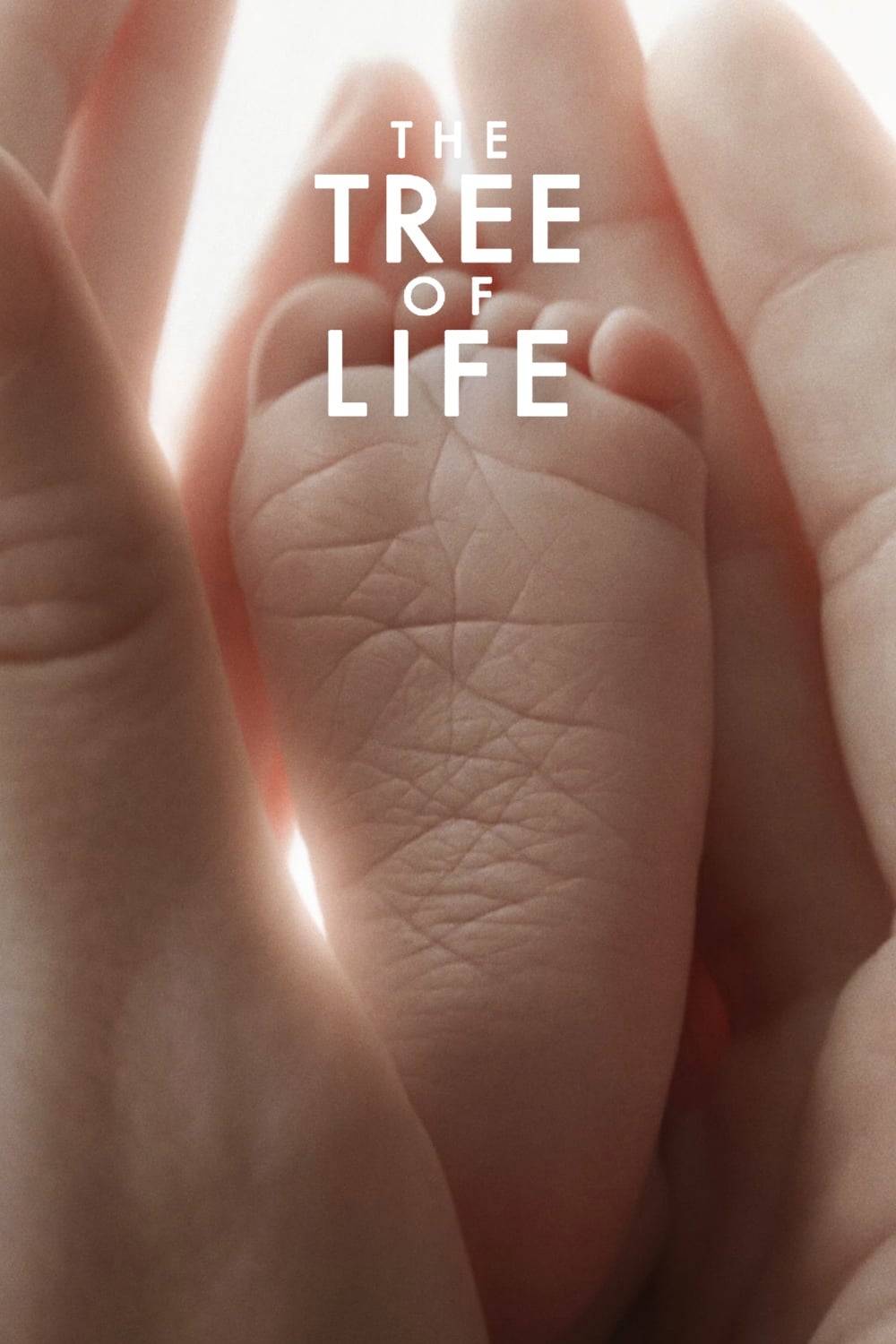
Okay, so this film is really something special. It blends a personal family story with these breathtaking shots of nature and space – it’s visually stunning. The way it’s edited isn’t straightforward; it jumps around like memories, with a really subtle voiceover adding to the dreamlike feel. What I loved is they didn’t rely on CGI; everything you see – whether it’s planets or even stuff happening at a cellular level – is done with real light and practical effects. It’s less about *what* happens and more about *how* it feels – the director really focuses on movement, textures, and sound to give you a sense of what’s going on inside the characters’ heads.
‘Blade Runner 2049’ (2017)
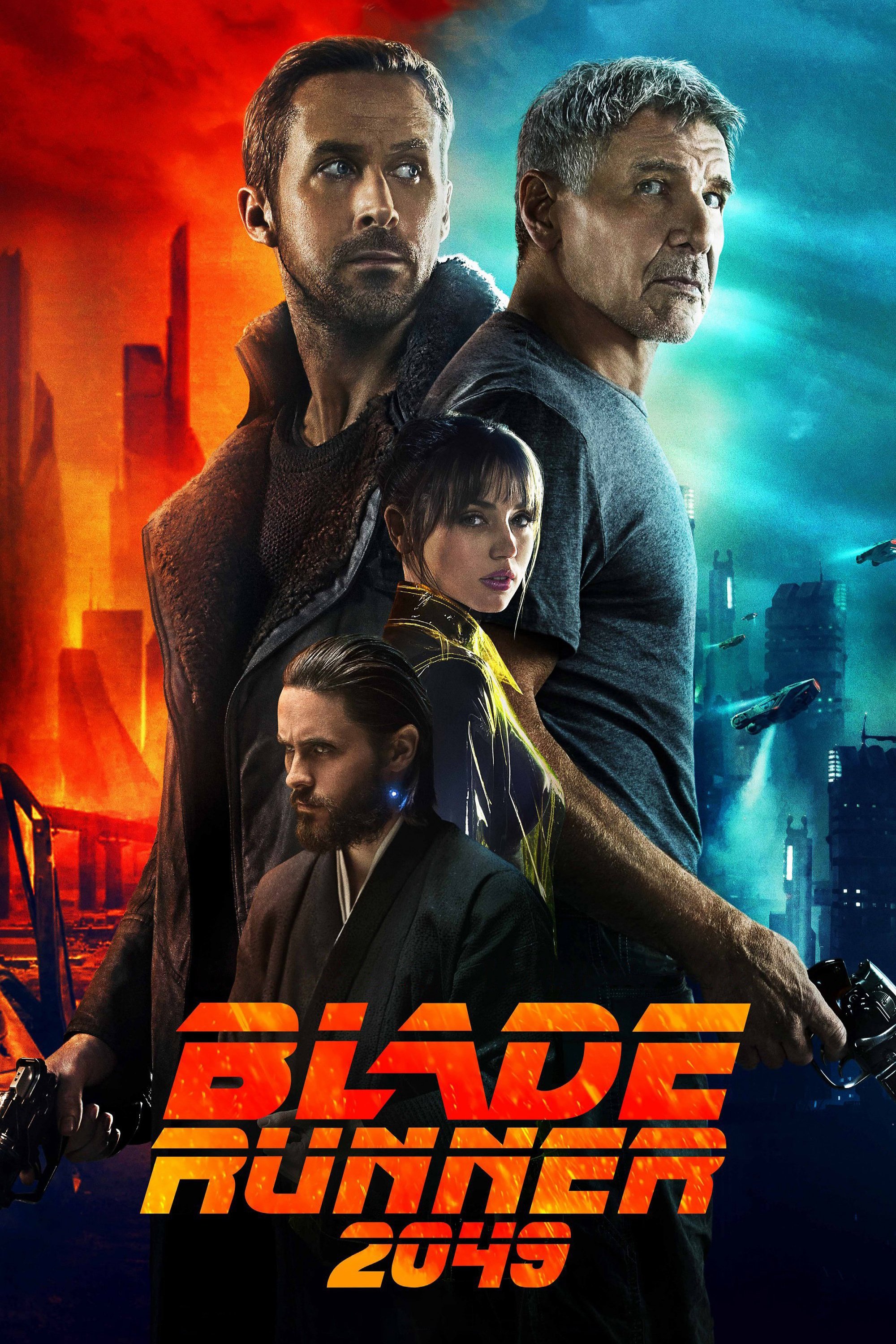
The film uses large, empty sets and cityscapes to create a sense of vastness and scale. The story unfolds through careful observation of both the environment and the characters. A rich soundscape of mechanical noises and subtle tones sets the atmosphere, and the film relies on striking colors and shapes to draw your eye, rather than fast-paced action.
‘The Assassination of Jesse James by the Coward Robert Ford’ (2007)
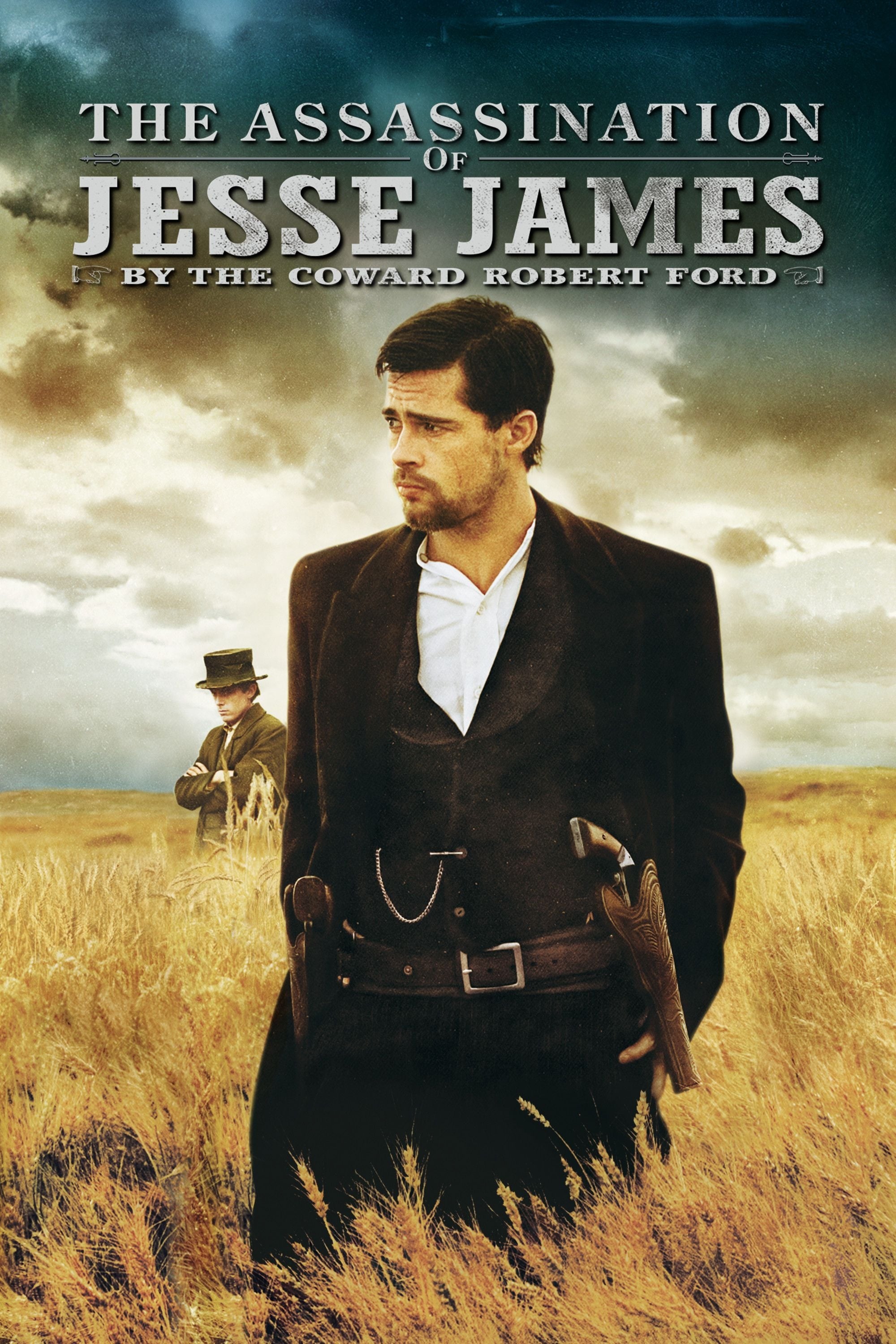
This film is a character study exploring fame and the dangers of obsession, told through narration. It uses a visual style reminiscent of old photographs, with a focus on landscapes like train yards, farms, and snowy fields, creating a feeling of suspense. The story shows how legends can begin with simple interactions and close attention to detail.
‘The New World’ (2005)
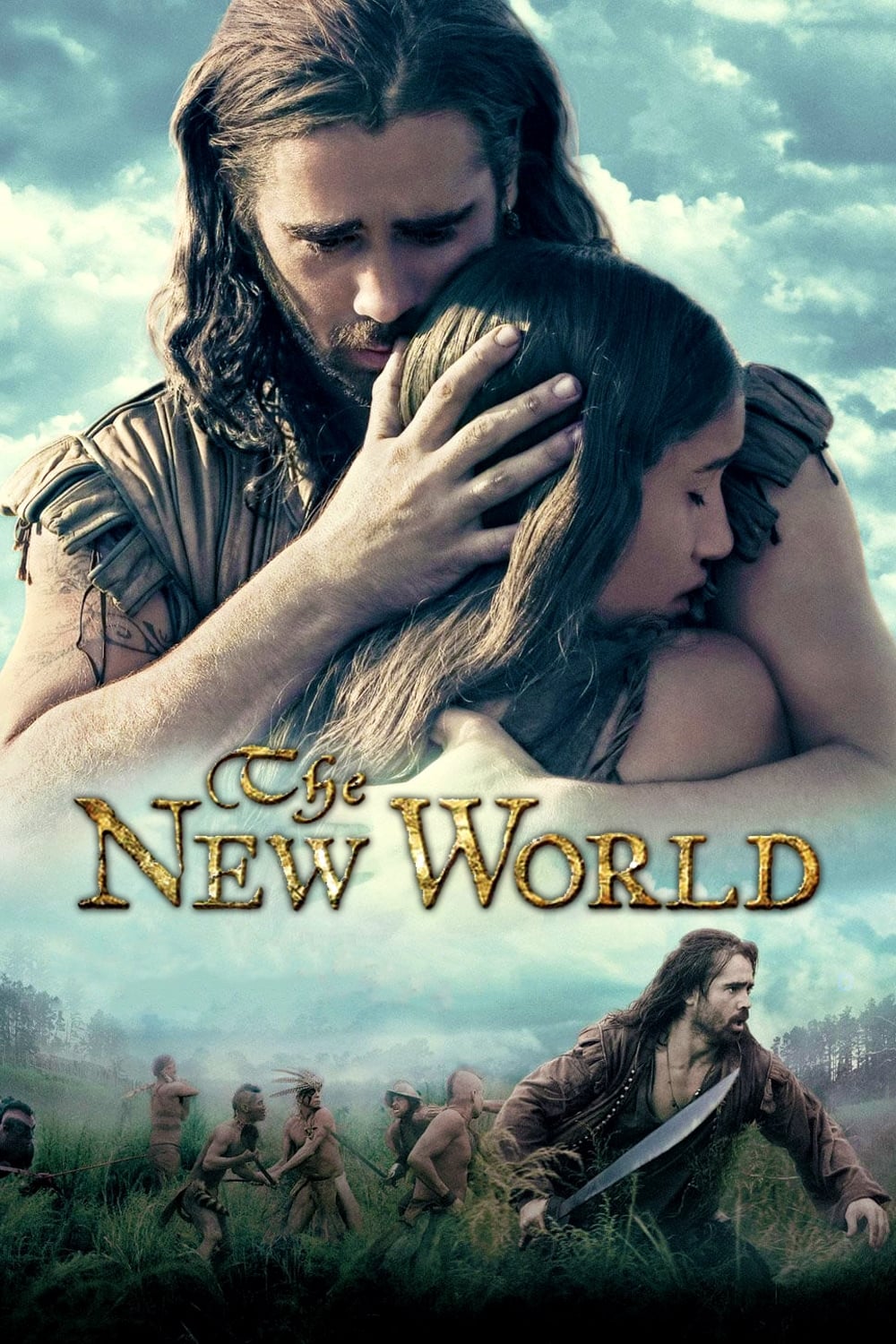
As a fan, what really struck me about this experience is how immersive it feels. You’re *in* these beautiful natural environments – forests, rivers, towns – and the way the camera moves makes you feel like you’re walking through them yourself. They don’t rely on a lot of talking; instead, you hear the sounds of the world around you – the wind, the water – which is so much more powerful. It’s not about hitting every plot point; it’s about *feeling* your way through the story and discovering things. And the music? It’s incredible how they use the same themes to tie the characters together, even when they’re miles apart in different settings. It really creates a sense of connection.
‘The Thin Red Line’ (1998)
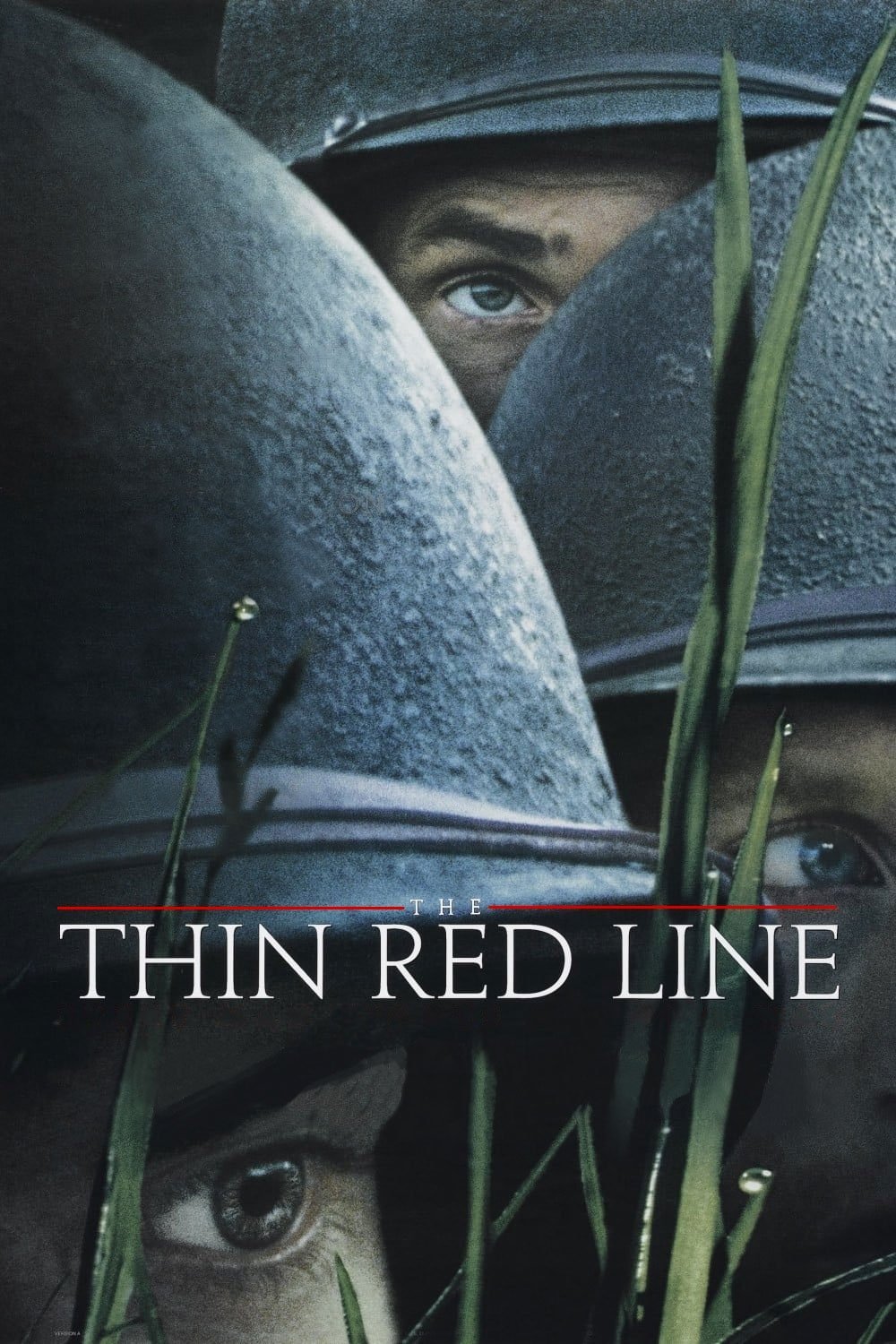
The film shifts between intense battle scenes and calm moments of waiting and contemplation. Characters’ thoughts are shared through voiceovers, offering different perspectives on the same events. Beautiful shots of nature – grass, sky, and the ocean – create a peaceful and thoughtful atmosphere. The story follows a large group of characters, showing how war affects many people in different ways.
‘Once Upon a Time in the West’ (1968)
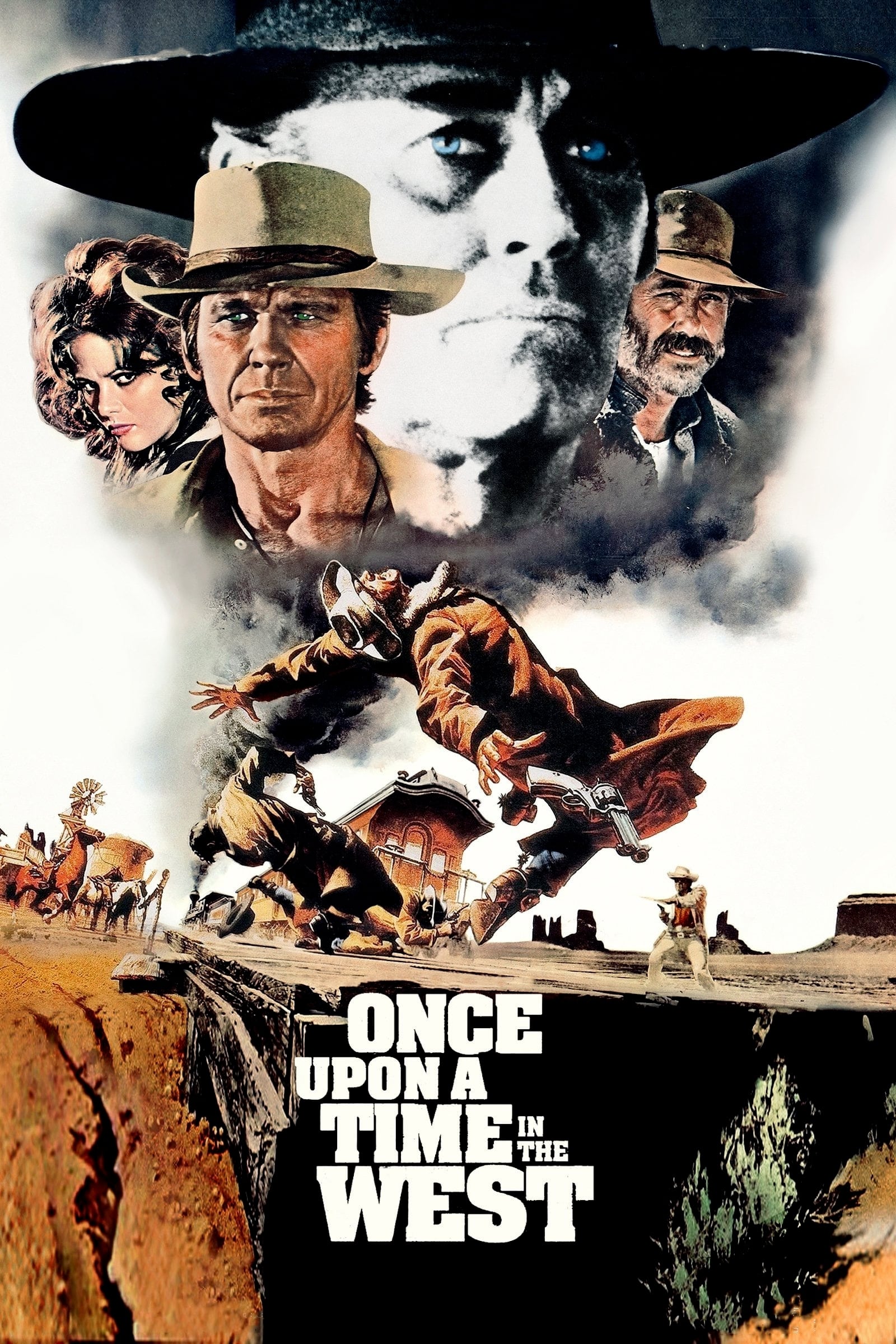
The film starts with extended scenes using only natural sounds instead of speech. Tight shots and gradual zooms create suspense, even during ordinary actions. Recurring musical themes are associated with each character. Long, expansive shots of train tracks and desert landscapes emphasize the feeling of travel and vastness.
‘Paris, Texas’ (1984)

The film follows a man returning home after being away for a long time, focusing on the subtle emotions of those around him and the stillness of everyday life. The story is told through lengthy, uninterrupted conversations, and uses imagery like old photographs and scenes from the road to explore themes of memory and who we are. A melancholic steel-guitar soundtrack emphasizes feelings of yearning as the story moves between small towns and roadside stops.
‘Drive My Car’ (2021)
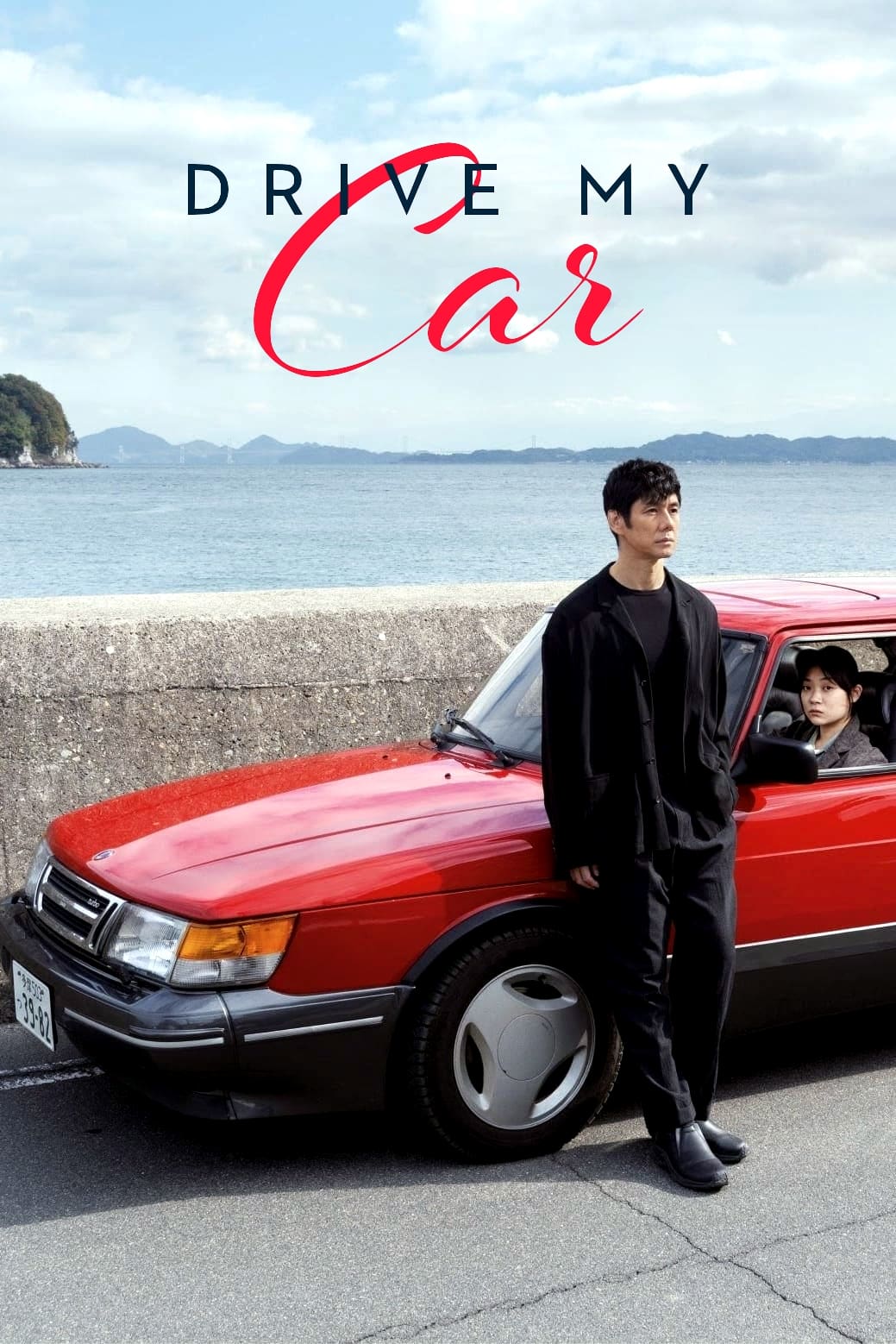
A grieving actor throws himself into directing a play with performers speaking multiple languages. The film unfolds during rehearsals, car trips, and script readings, focusing on how listening and repeating lines helps the actors connect and trust each other. A specific scene involving a red car transforms commutes into moments of honest sharing and confession.
‘Yi Yi’ (2000)
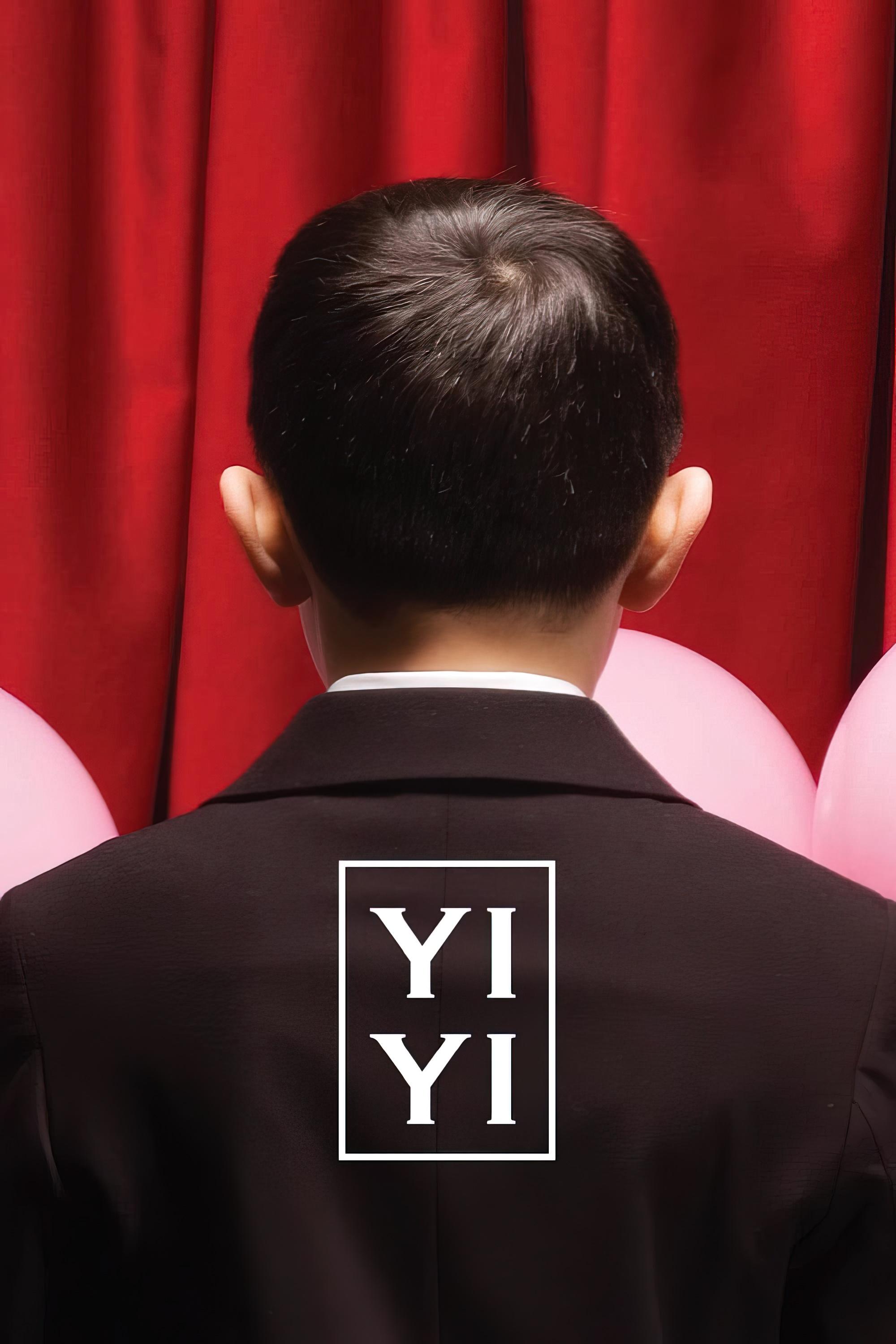
This film follows a Taipei family as they go about their daily lives, balancing school, work, and relationships. The filmmakers use a subtle style, keeping a distance with the camera to show how different moments and actions connect. Instead of big, dramatic events, the story focuses on the small decisions people make and how those choices impact future generations, all set to the sounds of the city.
‘Aguirre, the Wrath of God’ (1972)
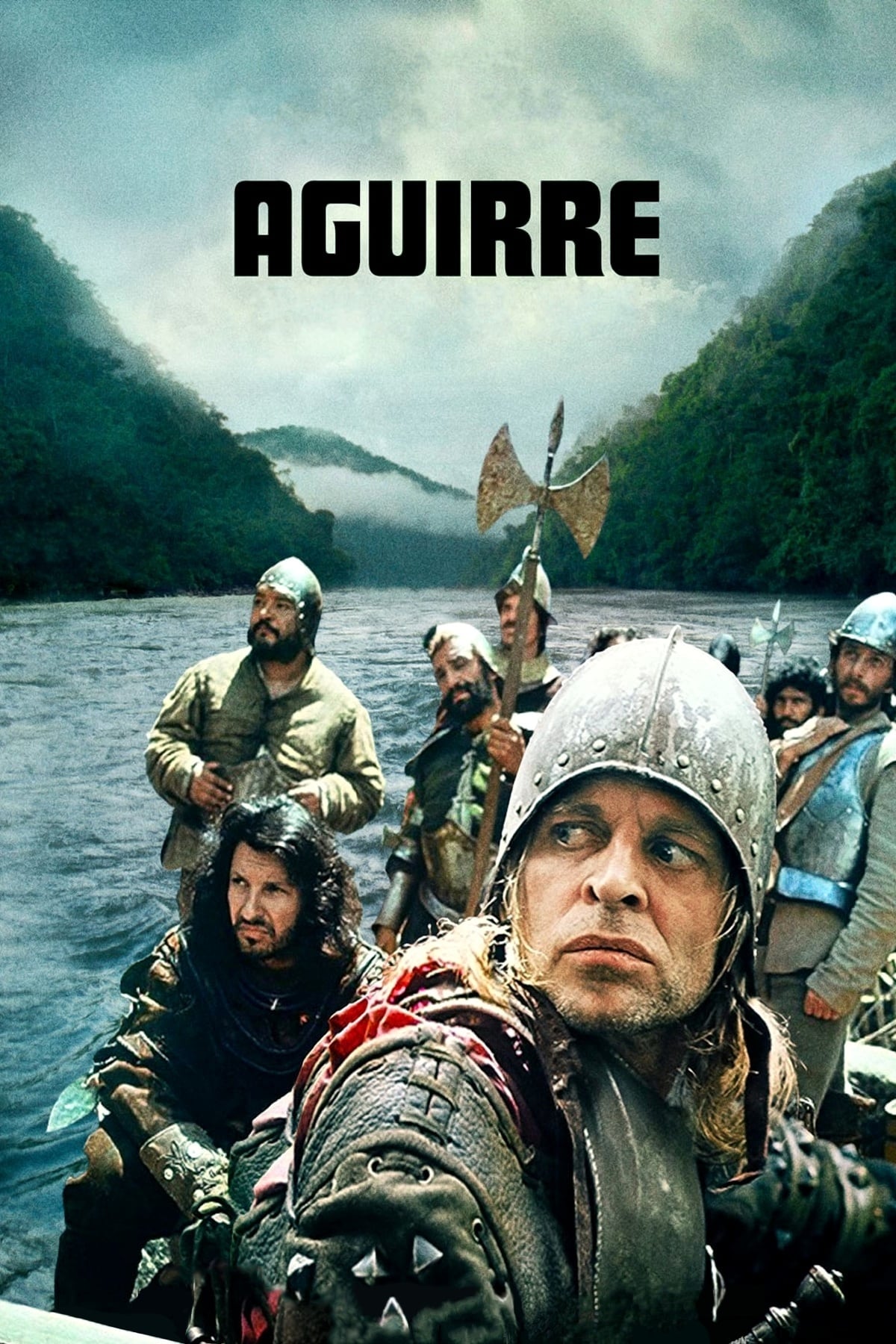
I was completely drawn in by this film! It really feels like they *lived* this journey, filming on location in tough jungle environments with limited supplies – you can *feel* the strain. The music is incredible too, these haunting choral sounds that give everything an eerie, almost spiritual quality. And the story itself? It’s about one driving idea, and how it slowly tears this group apart, making them more and more isolated with every step they take. It’s a powerful experience.
‘The Godfather Part II’ (1974)
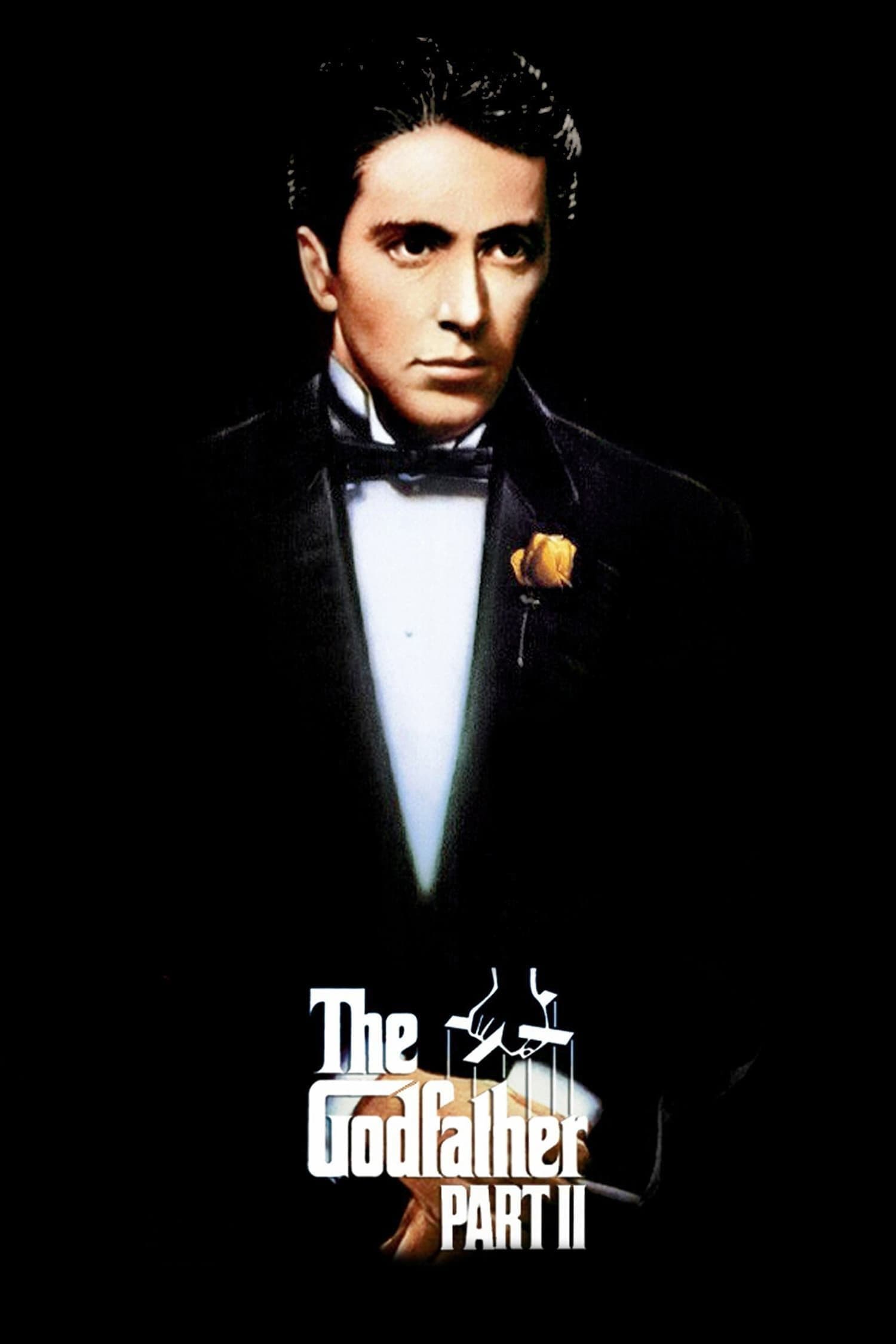
The movie weaves together a story of ambition and a family falling apart. It vividly brings to life different cities, paying close attention to details like clothing and buildings. Much of the film takes place in offices and during meetings, showing how plans unfold and the consequences that follow. The music is subtle, and the editing is deliberate, allowing small moments – a look or a silence – to speak volumes.
Share your picks for brilliant films that test your patience in the comments.
Read More
- Bitcoin’s Ballet: Will the Bull Pirouette or Stumble? 💃🐂
- Can the Stock Market Defy Logic and Achieve a Third Consecutive 20% Gain?
- Dogecoin’s Big Yawn: Musk’s X Money Launch Leaves Market Unimpressed 🐕💸
- Deepfake Drama Alert: Crypto’s New Nemesis Is Your AI Twin! 🧠💸
- LINK’s Tumble: A Tale of Woe, Wraiths, and Wrapped Assets 🌉💸
- XRP’s Soul in Turmoil: A Frolic Through Doom & Gloom 😏📉
- SentinelOne’s Sisyphean Siege: A Study in Cybersecurity Hubris
- Unbelievable News: Brazil’s B3 Stock Exchange to Unveil a Stablecoin Next Year!
- Ethereum’s DeFi Domination: Why Rivals Are Feeling the Squeeze 🤑
- Zcash Climbs 12% in an Unexpected Heroic Comeback-Even Coins Have Feelings, You Know?
2025-10-20 15:18